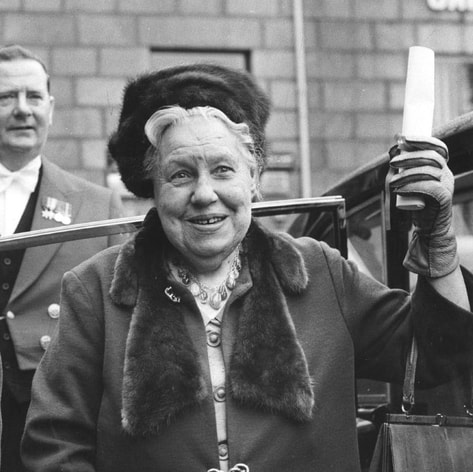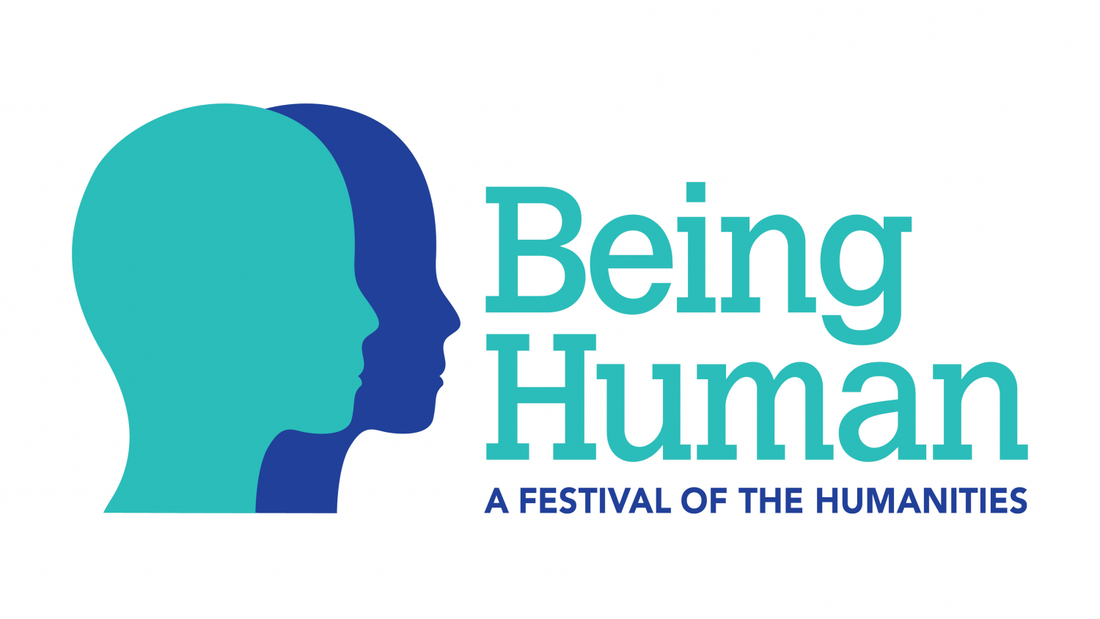MARY ESSLEMONT (1891-1984)

Mary Esslemont was a pioneering doctor and general practitioner in Aberdeen.
Mary Esslemont was born in Aberdeen in 1891, the daughter of George Birnie Esslemont, the Liberal MP for South Aberdeen. She was educated at Aberdeen High School for Girls before going on to the University of Aberdeen. As a student Mary participated fully in university life and was the first female President of the Students’ Representative Council. After completing her degrees in 1915 she worked in the Botany Department of the university and went on to lecture in science at Stockwell Training College, London, from 1917 until 1919, returning to the University of Aberdeen where, as a mature student, she completed her medical degree in 1923.She became Assistant Medical Officer in Keighley, Yorkshire the following year and returned to Aberdeen in 1929.
She became a General Practitioner and was appointed as gynaecologist at the city’s free Dispensary. She was known for her work with the city’s poor and disadvantaged and during her thirty years as a GP “was a firm believer in the importance of the home and the family unit in health care and the formation of character. She was held in great affection by all her patients”. They simply called her ‘Doctor Mary’. In 1947 she became the first woman assessor on the university court, and for over forty years she served on the business committee of the university general council. She was a member of the council of the British Medical Association for twenty-three years and the first woman and Scot to sit on the committee, along with Aneurin Bevan who negotiated with the Government on the development of the National Health Service. From 1953 to 1954 she was president of the Medical Women’s Federation. She served on many committees including public health, joint BMA and Royal College of Nursing, occupational health, and overseas affairs. She played an active part in many charitable and international organisations and in 1956 at the invitation of the Russian Government she travelled to Russia, the only woman in a team of British doctors. She was also a vice president of the United Nations Association.
In recognition of her work for the University of Aberdeen she received an honorary LLD in 1954 and the following year was made a CBE. She became a Fellow of the Royal College of General Practitioners in 1969 and as one of the city’s most distinguished and best loved citizens she was awarded the Freedom of the city of Aberdeen in 1981 “in recognition of her outstanding services”. On presenting her with her scroll the Lord Provost referred to her as “our youngest burgess”. In 1976 a student residence in Aberdeen was named after her.
As a keen activist for women’s rights she joined the Aberdeen club of Soroptimist International in 1940 becoming club president in 1950, Divisional President in 1956 and Federation President in 1961. During her time as club president funds were raised for the British Empire Cancer Research Fund, the Boy Scouts Appeal and the Mother and Baby Home. In her capacity as Federation President she founded the first African clubs. Her final act of kindness was to leave her house and grounds to SI Aberdeen for the development of social housing for women over 60. She is recognised as “a true Soroptimist, working for the benefit of mankind”.
Maintaining her family connection and with unwavering support of the Liberal party, she became president of the Aberdeen Women’s Liberal Association in 1945 and in 1954 became the first woman president of the Aberdeen Liberal Association.
She remained young in heart and lived life to the full. Her “kindness and an impish sense of humour disguised quiet determination to achieve any objective that she believed to be right”.
Mary Esslemont was born in Aberdeen in 1891, the daughter of George Birnie Esslemont, the Liberal MP for South Aberdeen. She was educated at Aberdeen High School for Girls before going on to the University of Aberdeen. As a student Mary participated fully in university life and was the first female President of the Students’ Representative Council. After completing her degrees in 1915 she worked in the Botany Department of the university and went on to lecture in science at Stockwell Training College, London, from 1917 until 1919, returning to the University of Aberdeen where, as a mature student, she completed her medical degree in 1923.She became Assistant Medical Officer in Keighley, Yorkshire the following year and returned to Aberdeen in 1929.
She became a General Practitioner and was appointed as gynaecologist at the city’s free Dispensary. She was known for her work with the city’s poor and disadvantaged and during her thirty years as a GP “was a firm believer in the importance of the home and the family unit in health care and the formation of character. She was held in great affection by all her patients”. They simply called her ‘Doctor Mary’. In 1947 she became the first woman assessor on the university court, and for over forty years she served on the business committee of the university general council. She was a member of the council of the British Medical Association for twenty-three years and the first woman and Scot to sit on the committee, along with Aneurin Bevan who negotiated with the Government on the development of the National Health Service. From 1953 to 1954 she was president of the Medical Women’s Federation. She served on many committees including public health, joint BMA and Royal College of Nursing, occupational health, and overseas affairs. She played an active part in many charitable and international organisations and in 1956 at the invitation of the Russian Government she travelled to Russia, the only woman in a team of British doctors. She was also a vice president of the United Nations Association.
In recognition of her work for the University of Aberdeen she received an honorary LLD in 1954 and the following year was made a CBE. She became a Fellow of the Royal College of General Practitioners in 1969 and as one of the city’s most distinguished and best loved citizens she was awarded the Freedom of the city of Aberdeen in 1981 “in recognition of her outstanding services”. On presenting her with her scroll the Lord Provost referred to her as “our youngest burgess”. In 1976 a student residence in Aberdeen was named after her.
As a keen activist for women’s rights she joined the Aberdeen club of Soroptimist International in 1940 becoming club president in 1950, Divisional President in 1956 and Federation President in 1961. During her time as club president funds were raised for the British Empire Cancer Research Fund, the Boy Scouts Appeal and the Mother and Baby Home. In her capacity as Federation President she founded the first African clubs. Her final act of kindness was to leave her house and grounds to SI Aberdeen for the development of social housing for women over 60. She is recognised as “a true Soroptimist, working for the benefit of mankind”.
Maintaining her family connection and with unwavering support of the Liberal party, she became president of the Aberdeen Women’s Liberal Association in 1945 and in 1954 became the first woman president of the Aberdeen Liberal Association.
She remained young in heart and lived life to the full. Her “kindness and an impish sense of humour disguised quiet determination to achieve any objective that she believed to be right”.



